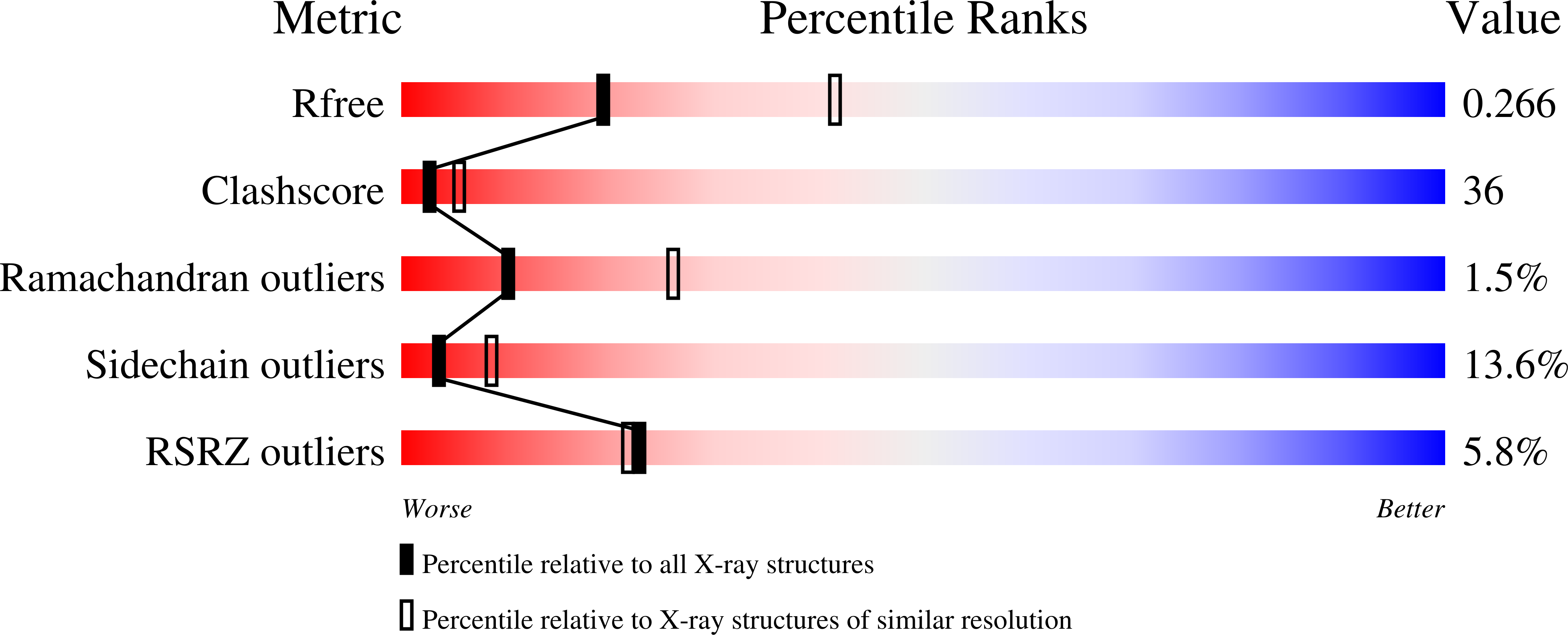
Deposition Date
2009-05-20
Release Date
2010-06-02
Last Version Date
2023-09-06
Entry Detail
PDB ID:
3HJ3
Keywords:
Title:
Crystal Structure of the ChTS-DHFR F207A Non-Active Site Mutant
Biological Source:
Source Organism:
Cryptosporidium hominis (Taxon ID: 237895)
Host Organism:
Method Details:
Experimental Method:
Resolution:
2.70 Å
R-Value Free:
0.27
R-Value Work:
0.22
R-Value Observed:
0.22
Space Group:
P 32 2 1


